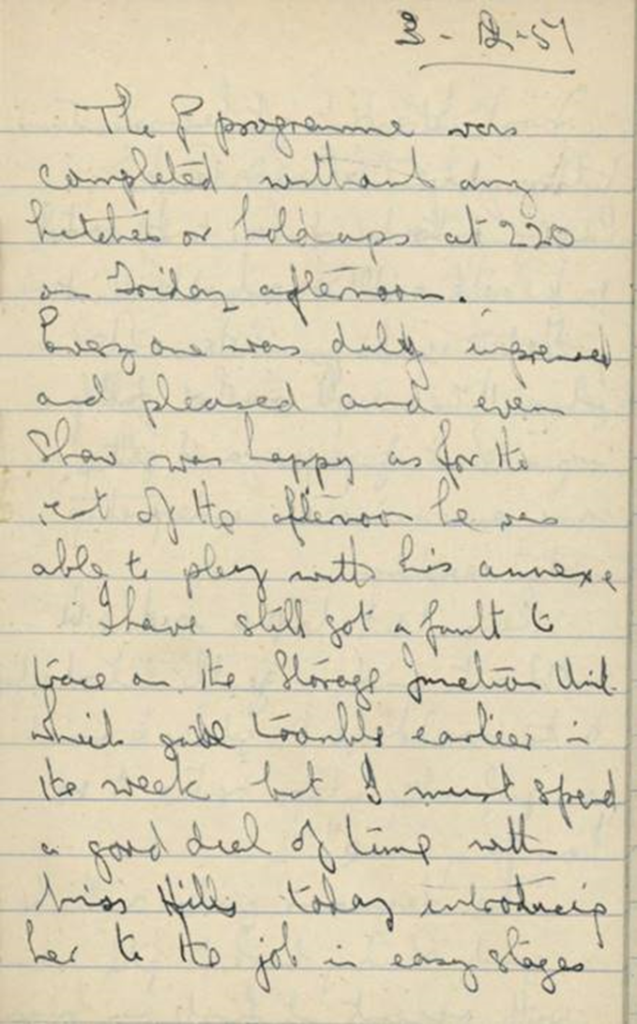Doug Comish: Sporting Reminiscence
Information about Lyons Sports Day activities: I did take part in one of them but having got changed into football kit the opposition failed to turn up!
However I can recall one interesting cricket match we played at Sudbury.
The Programming section challenged the rest of LEO and I was appointed Captain of the side.We batted first and I managed to contribute a few runs.When our opponents batted,they gradually approached our total and lost wickets on the way. They had one guy who could hit the ball very hard to deep midwicket and the situation was reached that their last pair were together and they needed about ten to win.I considered myself a safe pair of hands and so I moved myself to deep midwicket in case their batsman offerred an opportunity for a catch.
They ultimately got to within two runs of our total and their batsman went for his favourite shot and connected. I saw the ball all the way into my hands and to my dismay right out of them!!
But it was a good match


